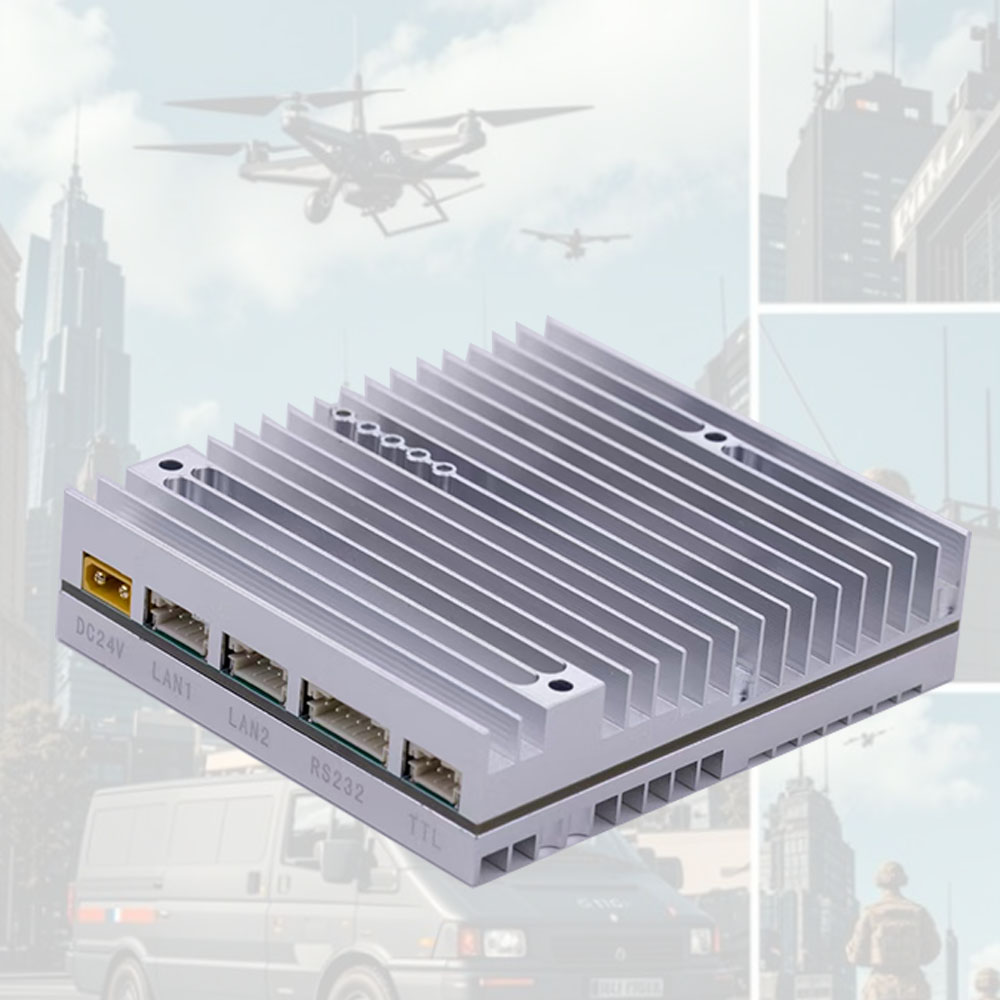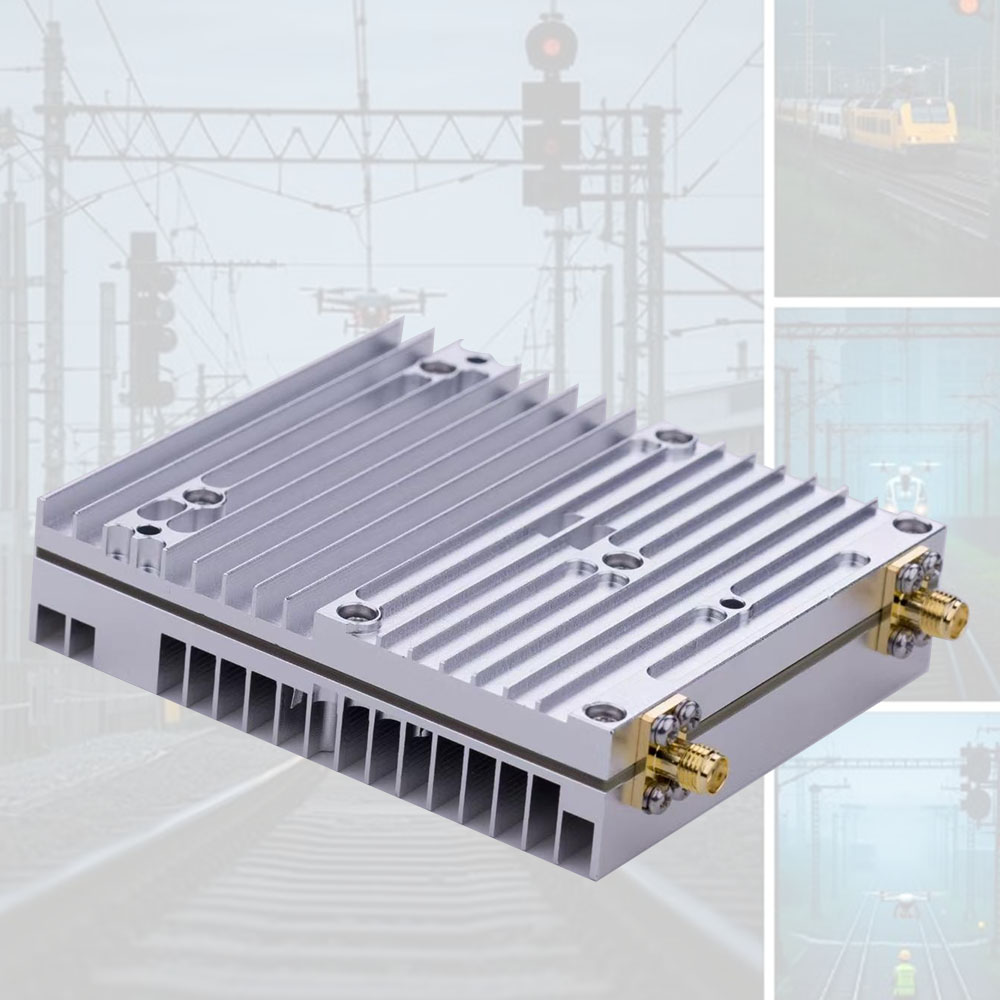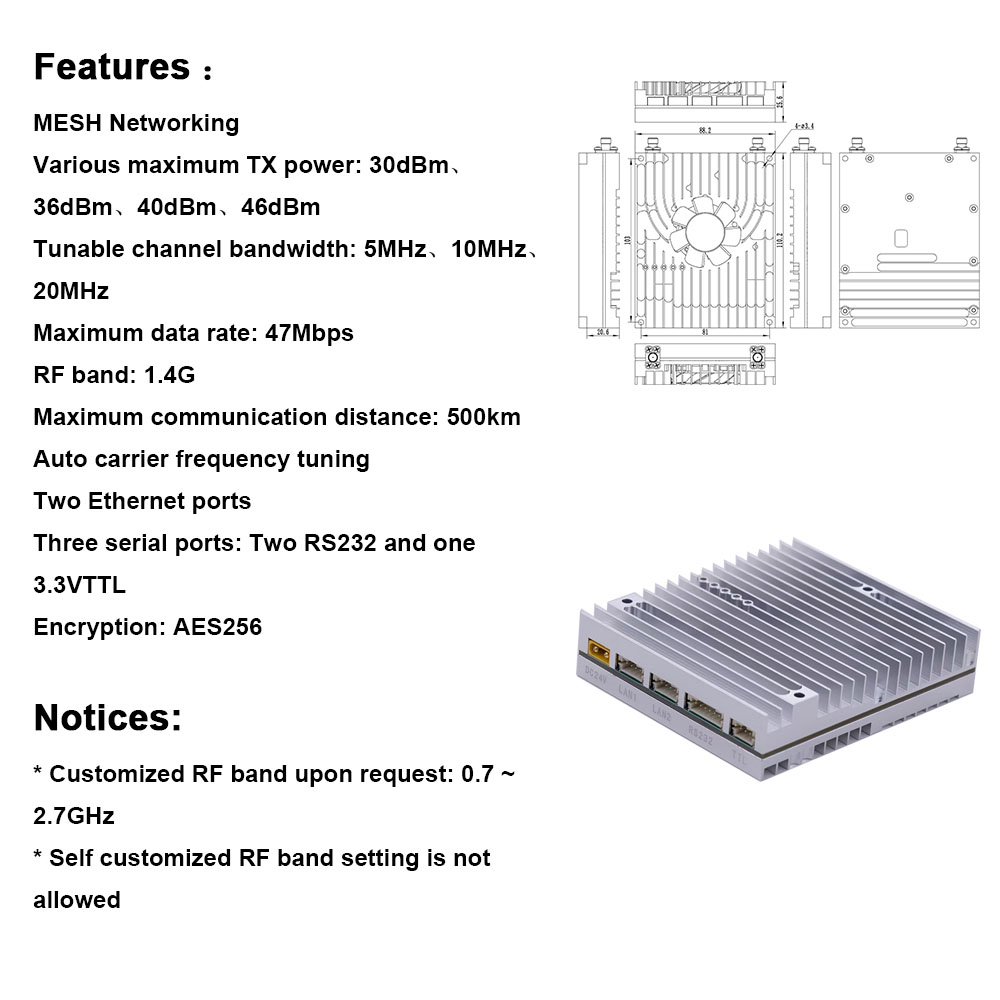As 5G commercialization is rapidly approaching, major telecom operators are facing significant challenges in deploying 5G network infrastructure. Recently, Huawei announced a groundbreaking "5G-oriented" antenna plan following joint testing with Telefonica in Munich, Germany. This initiative marks a key step forward in addressing the spatial constraints of 5G network expansion.
At the 2017 Global Antenna Technology and Industry Forum in Munich, Huawei and Telefonica conducted successful verification and unveiled the industry’s first 5G-focused solution. This innovative approach tackles the issue of limited space for sub-3GHz full-band 4T4R and Massive MIMO deployments during the transition from 4G to 4.5G/5G networks.
With the evolution from 4G to 4.5G/5G, physical space has become a critical bottleneck in network deployment. On one hand, new spectrum bands like 700MHz and 1400MHz are being introduced, pushing full-band 4T4R configurations into mainstream use. Simply stacking antennas is no longer sufficient to meet modern demands. On the other hand, Massive MIMO technology is essential for 4.5G and 5G, requiring operators to plan ahead for adequate space.
To address these challenges, Huawei and Telefonica have developed a comprehensive antenna solution that supports 4G to 4.5G/5G evolution. The plan includes a 14-port multi-frequency antenna and a TDD 3.5GHz Massive MIMO antenna, designed to optimize coverage and performance while ensuring smooth network upgrades.
Mr. Jaime Lluch, Director of Telefonica's German Access Network, emphasized the importance of this collaboration: "Telefonica is a global leader in telecommunications, committed to delivering the best user experience. We believe that space will be a major constraint in future network evolution. By working with Huawei, we have launched a 5G-ready antenna solution that addresses deployment challenges while maintaining high performance and enabling seamless network progression."
Zhang Jiayi, President of Huawei's Wireless Network Antenna Business Department, added: "Through years of technological development and deep insights into MBB network trends, Huawei has successfully created the industry's first 5G-oriented solution. Our goal is to help operators overcome the challenges of 5G deployment and achieve greater commercial success."
Wireless Video Transmission Modules
Wireless image transmission module is the core product of Yanuoxun technology based on wireless communication technology for more than ten years. With the core advantage of "high performance, high reliability and light weight", it is widely used in digital upgrading of various industries.ÂÂTechnically, the module is divided into two systems: SDR architecture (BTF Series) and LTE standard (BTD Series). The former adopts COFDM modulation technology, with a maximum transmission distance of 500 kilometers, which supports ultra-long-distance anti-interference transmission; The latter relies on domestic SOC chip, which has flexible networking and strong environmental adaptability. Both of them realize low delay transmission of < 10ms, and are matched with encryption technologies such as AES and ZUC to ensure data security.ÂÂApplication scenarios cover industrial unmanned aerial vehicles and multi-industry scenarios: in power inspection, high-rate transmission meets the high-definition identification of equipment defects; When patrolling the border, the low-power design is suitable for long-term duty; In fire rescue, the ability of rapid networking supports emergency communication; In forest monitoring, anti-occlusion signal ensures early detection of fire.ÂÂThrough customized solutions, the module has been scaled up in more than 6,000 UAVs, railways, seas, cities and other scenes, which not only solves the communication pain points in complex environments, but also provides stable communication support for industry intelligence.ÂÂ
UAV Wireless Video Data Transmitter
Yetnorson Antenna Co., Ltd. , https://www.yetnorson.com


